
Mobility Scooter vs. Electric Wheelchair: Comparison Guide
The mobility scooter vs electric wheelchair decision affects your daily independence and comfort. Both devices help you get around, but they serve different needs.
Electric wheelchairs work great indoors with their tight turning ability and customizable support, while mobility scooters excel outdoors with their larger wheels and rugged design.
Your lifestyle, body needs, and where you'll use it most should guide your choice. People often find electric wheelchairs get better social reception and offer longer battery life.
Ready to make an informed choice that fits your life? Read on to discover which mobility solution is perfect for you.
What Are Mobility Scooters and Electric Wheelchairs?
Mobility scooters and electric wheelchairs help people who have trouble walking. They give freedom to move around without getting tired or needing someone's help.
Key Differences and Typical Users
Electric wheelchairs look like regular wheelchairs but have motors. They have chair-like seats with backrests and are controlled by a joystick.
You can use them both indoors and outdoors. They're great if you need help moving around all day.
Mobility scooters have a seat with a steering tiller in front. Think of them like a chair on wheels with handlebars!
They usually have 3 or 4 wheels and work best outdoors. Scooters are perfect if you can walk a little but get tired quickly.
The main differences are:
- Steering: Wheelchairs use joysticks; scooters use tillers
- Maneuverability: Wheelchairs turn in tighter spaces
- Weight capacity: Scooters often hold more weight
- Usage: Wheelchairs work well indoors; scooters shine outdoors
Your mobility needs matter most when choosing. Can you sit upright without support?
A scooter might work. Need trunk support? An electric wheelchair might be better for you.
Like mobility devices, electric bikes need proper care too. Read our guide: Essential Tips to Keep Your Electric Bike Riding Like New for valuable maintenance advice.
Mobility Scooter Features
Mobility scooters offer unique features that make them popular choices for people with limited mobility. These devices combine comfort, ease of use, and practical design to help users maintain their independence.
Design, Controls, and Performance
Mobility scooters typically have a seat with a backrest and a tiller for steering. The tiller is a handlebar-like control system that you push and pull to move forward or backward.
Most scooters have simple controls that are easy to learn, even if you're not tech-savvy. These devices usually run on battery power, with charges lasting 10-15 miles on average.
Your scooter's speed can range from 4 to 8 mph, depending on the model. Weight capacity is another important feature.
Standard models support 250-300 pounds, while heavy-duty options can hold up to 500 pounds. Many scooters include comfortable seating options with adjustable armrests.
Some even have suspension systems to make your ride smoother over bumpy terrain.
Types and Capabilities
Mobility scooters come in several types to fit different needs. Travel scooters are lightweight and easy to take apart for transport.
They're perfect for errands and indoor use. Mid-size scooters offer a balance of portability and power.
You can use them both indoors and outdoors with good results. Heavy-duty or all-terrain scooters have stronger motors and better suspension.
These electric mobility scooters can handle rough outdoor surfaces and longer trips. Three-wheel models give you better turning ability in tight spaces.
Four-wheel designs provide more stability but need more room to turn around. Some disability scooters include extra features like headlights, storage baskets, and adjustable seats.
These additions can make your daily activities much easier.
Exploring mobility options? Discover 5 Things You Will Only Know After Owning an Electric Scooter to enhance your mobility device knowledge.
Electric Wheelchair Features

Electric wheelchairs offer specialized features designed to support users with mobility challenges. They focus on comfort, control, and accessibility for daily use.
Design, Controls, and Support Systems
Electric wheelchairs have a chair-like seat with supportive backrests. Your comfort is a key priority in their design.
Most models include adjustable armrests and footrests to fit your body. The control system usually features a joystick mounted on the armrest.
This makes it easy for you to steer with minimal hand movement. Some advanced models offer alternative controls like breath-operated or head-controlled systems for users with limited hand function.
Support systems in power wheelchairs include cushioning to prevent pressure sores. Many chairs have tilt, recline, and elevation options to help you change positions throughout the day.
This helps with blood circulation and comfort. Battery systems in electric wheelchairs typically last longer than mobility scooters.
You can often get a full day of use on one charge.
Types and Maneuverability
Power wheelchairs come in several types to match different needs. Indoor models are compact with tight turning radiuses.
Outdoor wheelchairs have stronger motors and more durable frames. Some are designed to work well in both settings.
Your electric wheelchair will likely have a smaller turning radius than a scooter. This means you can navigate tight spaces more easily.
Most power wheelchairs can turn in place, which is perfect for small rooms and hallways. Front-wheel, mid-wheel, and rear-wheel drive options affect how your chair handles different surfaces.
Mid-wheel drive offers the tightest turning radius. Rear-wheel drive provides more stability at higher speeds.
Front-wheel drive helps with climbing obstacles. Many motorized wheelchairs include anti-tip wheels for added stability.
This feature keeps you safe when going up ramps or over uneven ground.
Practical Comparison: Indoor and Outdoor Use
When choosing between mobility scooters and electric wheelchairs, you need to think about where you'll use them most. Both options have strengths and weaknesses depending on the environment.
Navigation, Terrain Handling, and Space Requirements
Electric wheelchairs shine indoors because they have a tighter turning radius. You can easily move around furniture and navigate narrow hallways.
Most models can rotate in place, which is perfect for small rooms and bathrooms. Mobility scooters need more space to turn around.
They often have a three-wheel or four-wheel design that requires wider pathways. This makes them tricky to use in tight spaces.
For outdoor travel, mobility scooters usually win. They have:
- Larger wheels that handle bumpy sidewalks better
- More powerful batteries for longer trips
- Higher top speeds (usually 4-8 mph)
- Better stability on hills and uneven ground
Electric wheelchairs can go outdoors too, but they might struggle with rough terrain. Some models have special outdoor features, but they typically work best on smooth paths.
Comfort and Independence Factors
Your comfort matters for daily use. Electric wheelchairs usually offer better support with:
- Adjustable seating positions
- Custom cushions for pressure relief
- Better suspension systems to absorb bumps
Mobility scooters have more basic seating. But they give you a feeling of independence since they look less medical.
For public transport, electric wheelchairs are usually easier to use. Many buses and trains have wheelchair spaces.
Scooters might be too big for some transport options. If you need to travel long distances, think about battery life.
Scooters typically go farther on one charge. This gives you more freedom for outdoor adventures without worrying about getting home.
Your balance also matters. Wheelchairs provide more support if you struggle with sitting upright. Scooters require you to steer with handlebars, which needs some upper body control.
Ownership Considerations

Owning a mobility device involves more than just the initial purchase. You'll need to think about how to transport, store, and maintain your device, as well as manage battery life for reliable use.
Transportation, Storage, and Maintenance
Mobility scooters can be more challenging to transport. Many models are heavy and bulky.
Some scooters are foldable or can be disassembled, making them easier to put in your car. You might need a vehicle lift for larger models.
Electric wheelchairs are often more compact. Some power chairs fold up quickly, taking up less space in your home or car.
This makes them better for people with limited storage space. For maintenance, scooters typically need simpler upkeep and cost less to repair.
Power wheelchairs have more complex electronics and motors. They might need more frequent professional servicing. Regular cleaning and battery checks help both devices last longer.
Battery Life and Charging
Battery power affects how far you can go on one charge. Mobility scooters usually offer a range of 10-25 miles per charge.
Larger outdoor scooters may go even farther. Electric wheelchairs typically have a shorter range of 8-20 miles. Their powerful motors use more energy, especially when climbing slopes. Charging is simple for both options.
Most devices need 8-12 hours for a full charge. It's a good idea to charge your device every night.
Some newer models have removable batteries. This lets you charge them separately without moving the whole device. You might want to get accessories like a spare battery for longer trips.
Weight matters for both mobility scooters and wheelchairs. Read our article The Best Lightweight Electric Scooters for Easy Commuting for portable transportation alternatives.
Cost and Funding
Understanding the financial aspects of mobility devices is crucial when making your decision. Both electric wheelchairs and mobility scooters represent significant investments with different price points and funding options available.
Price Comparison and Long-Term Costs
Electric wheelchairs typically cost more than mobility scooters. Wheelchairs range from £1,500 to £11,000+, while mobility scooters are generally more affordable at £700 to £4,000+.
Why such a big price difference? Electric wheelchairs often have more complex technology and customization options.
They're built for daily indoor and outdoor use. Mobility scooters, especially basic models, can be a budget-friendly choice if you need occasional help getting around.
Don't forget about long-term costs! Consider these expenses:
- Battery replacements (every 1-2 years)
- Tire replacements
- Regular maintenance
- Potential repairs
- Storage solutions
Insurance and Financial Assistance
You don't have to pay the full cost alone! Many funding options can help make these mobility aids more affordable.
The Motability Scheme is worth checking out. It lets you use your mobility allowance to lease a scooter or powered wheelchair.
Most options cost less than your weekly allowance. Insurance is a must-have for your new mobility device. It typically covers the following:
- Theft protection
- Accident damage
- Third-party liability
- Breakdown assistance
Some healthcare plans or Medicare/Medicaid (in the US) might cover part of your mobility device if it's medically necessary. Ask your doctor for a prescription or recommendation to help with insurance claims.
Local charities and disability organizations sometimes offer grants or financial assistance programs too.
Making the Right Choice
Choosing between a mobility scooter and electric wheelchair depends on your specific needs and circumstances. The right choice can greatly improve your quality of life.
Assessing Your Needs and Testing Options
Start by thinking about where you'll use your mobility device most often. If you need something mainly for indoor use, an electric wheelchair might be better because it has tighter turning abilities.
For outdoor trips, a mobility scooter could be ideal, especially for road travel. Consider how long you'll be using the device each day.
Always test before you buy! Try both options in different settings that match your daily life.
Check how easy it is to:
- Get on and off the device
- Control the movement
- Fit through doorways
- Turn in tight spaces
- Transport in your car or public transit
Healthcare Professional Guidance
Your doctor or physical therapist can give you valuable advice about which option suits your specific condition. They understand how your mobility challenges might change over time.
An occupational therapist can visit your home to see if a wheelchair or scooter will work in your living space. They might suggest:
- Wheelchair: If you have very limited mobility or need caregiver assistance
- Scooter: If you can sit upright without support and operate simple controls
Many healthcare plans might help cover the cost of these devices if they're medically necessary. Ask your healthcare provider about getting a prescription that details your needs.
Your therapist can also recommend special features that might help with your specific disability or reduced mobility challenges.
Conclusion
When choosing between a mobility scooter and an electric wheelchair, consider your daily routine and physical needs.
Mobility scooters work best for those who can sit upright independently and need transportation primarily outdoors. Electric wheelchairs offer better support, indoor maneuverability, and customization for those with more complex mobility challenges.
Your decision should balance practical factors like storage space, transportation needs, and budget with your personal comfort and independence goals.
Whether you select a scooter for outdoor adventures or a wheelchair for all-around versatility, the right choice will enhance your freedom and quality of life.
Check out our collection of mobility scooters, and don't miss our article: 5 Best Electric Scooters for Adults of 2025 from iSinwheel UK!
Frequently Asked Questions
What are the advantages of using an electric wheelchair compared to a mobility scooter?
Electric wheelchairs work better indoors and in tight spaces. They have a smaller turning radius than most mobility scooters.
You can also use electric wheelchairs both indoors and outdoors. This makes them more versatile than mobility scooters.
Electric wheelchairs often have better seating support. This helps if you need to sit for long periods.
What are the general price ranges for mobility scooters?
Basic mobility scooters typically cost between $800 and $2,000. These models have simpler features but work well for many people.
Mid-range models cost around $2,000 to $4,000. They offer better battery life and more comfort features.
Premium mobility scooters can cost $4,000 to $7,000. These have the best batteries, suspension, and comfort options.
What features should I look for in a lightweight electric folding wheelchair?
Battery life is super important! Look for at least 10-15 miles of range per charge. Easy folding mechanisms save time and effort. The best ones fold with just a button press.
Check the weight capacity to make sure it meets your needs. Most lightweight models support 250-300 pounds.
Comfort features like padded seats and adjustable armrests make a big difference when you use it daily.
How do mobility scooters and electric scooters differ?
Mobility scooters are medical devices designed for people with mobility issues. Electric scooters are recreational transportation.
Electric scooters have standing platforms and handlebar controls. They're not made for people with mobility limitations.
Mobility scooters have seats, are more stable, and move at slower speeds for safety. Electric scooters are faster but less stable. Insurance and healthcare plans might cover mobility scooters but never cover electric scooters.
What should I consider during a mobility scooter sale?
Check if the warranty is still valid or if it transfers to you. This can save you money on future repairs. Ask about the battery age and condition. Batteries are expensive to replace.
Test drive the scooter before buying. Pay attention to how it handles and if the controls feel comfortable.
Look for signs of wear on tires and moving parts. These can be clues about how well the scooter was maintained.
The Latest Posts
Explore isinwheel products
City E Scooter | Off-Road Scooter
Fastest Scooter | Kids Scooters
Mobility Scooter vs. Electric Wheelchair ·




















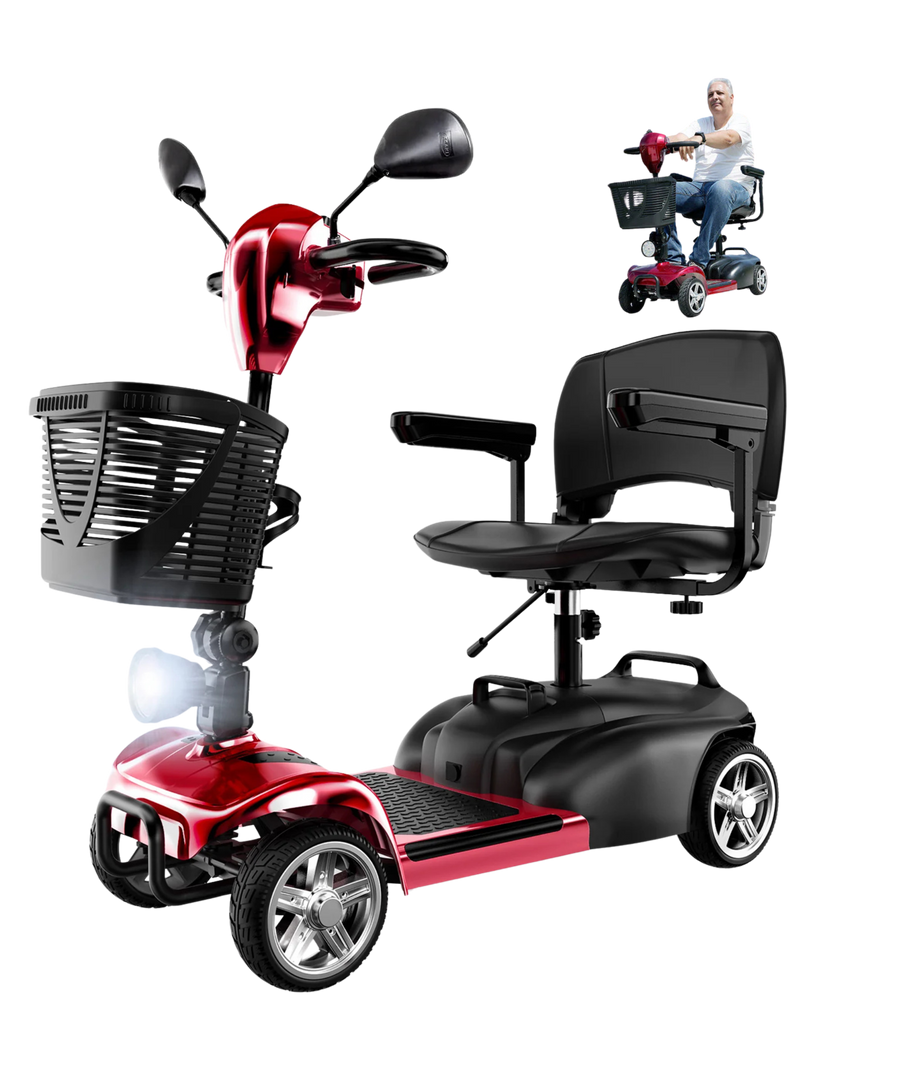
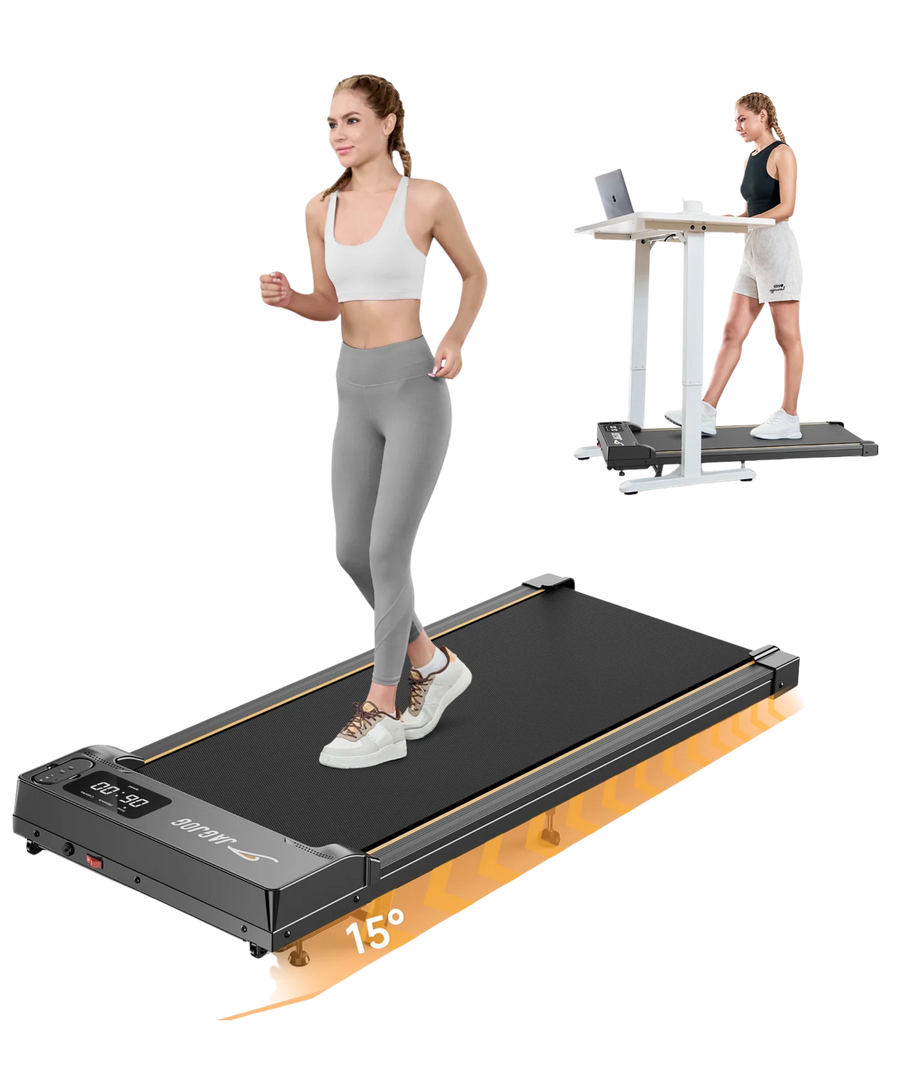
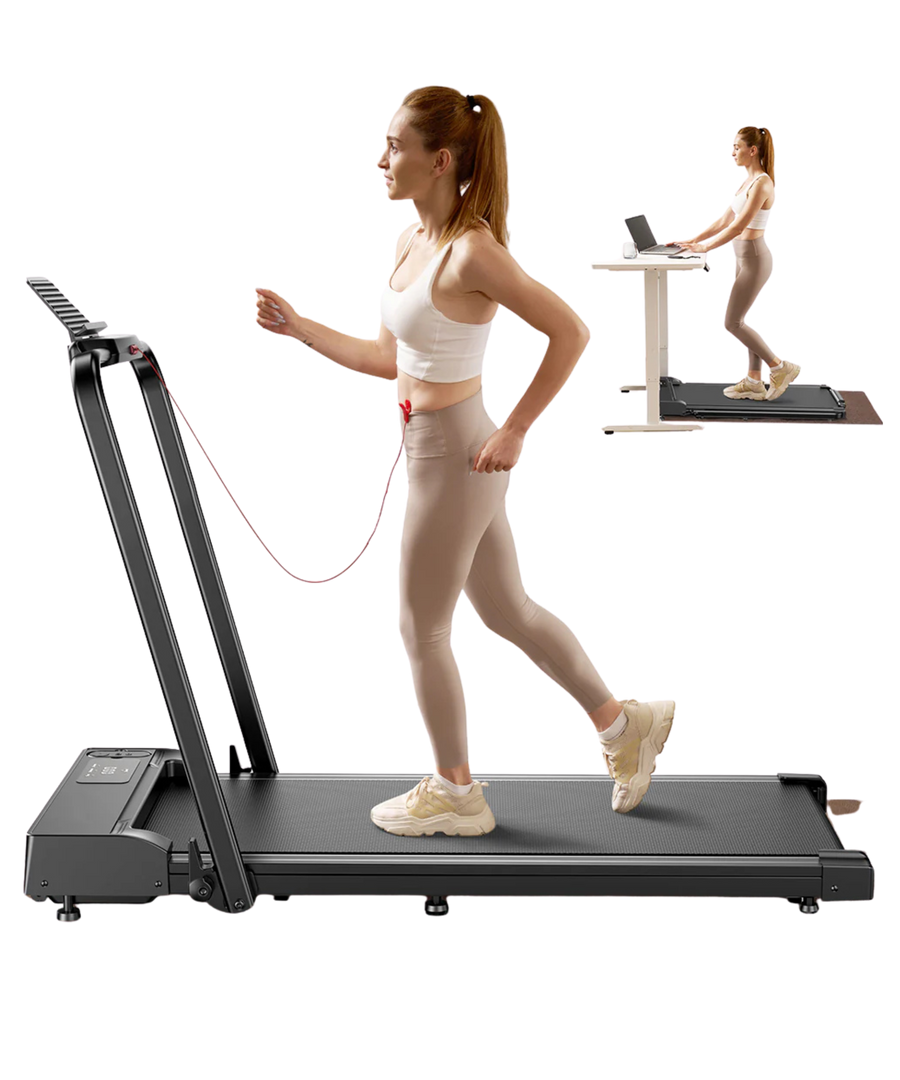





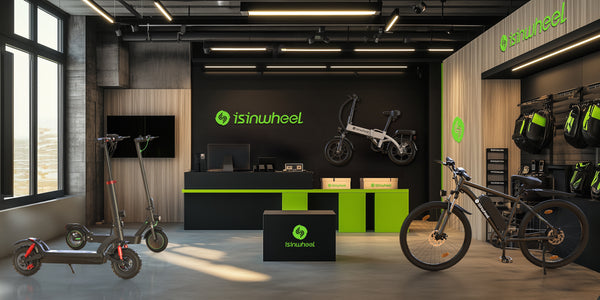
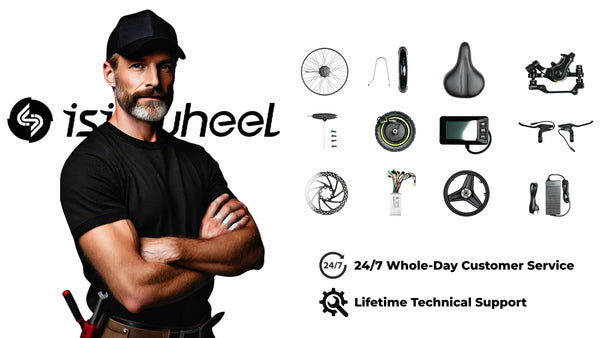

















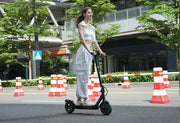

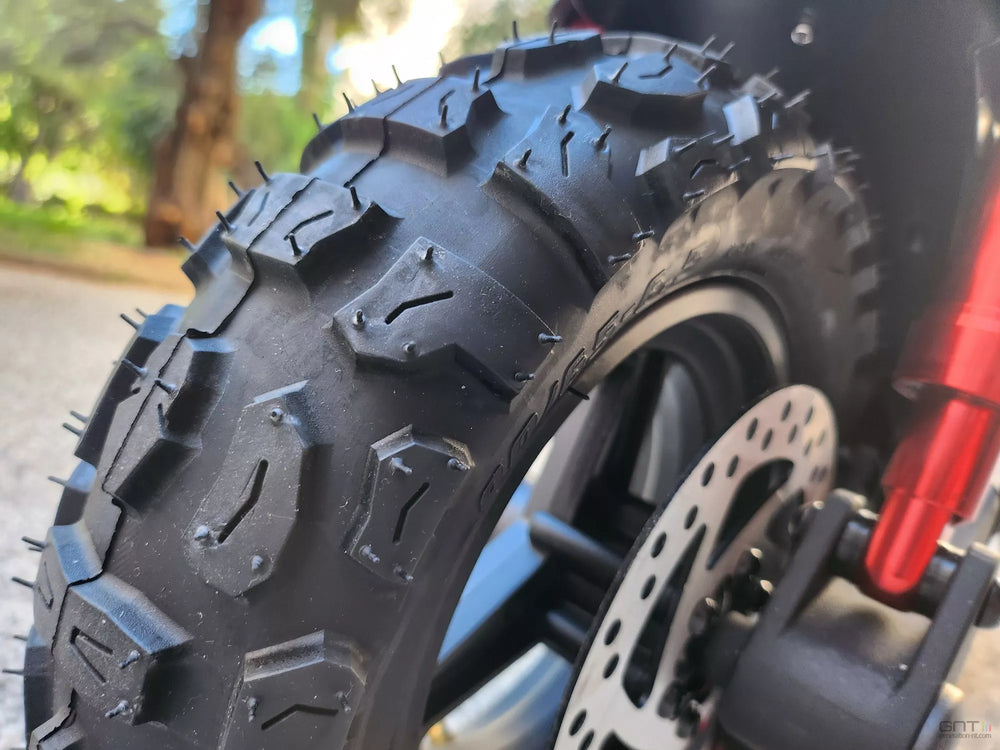
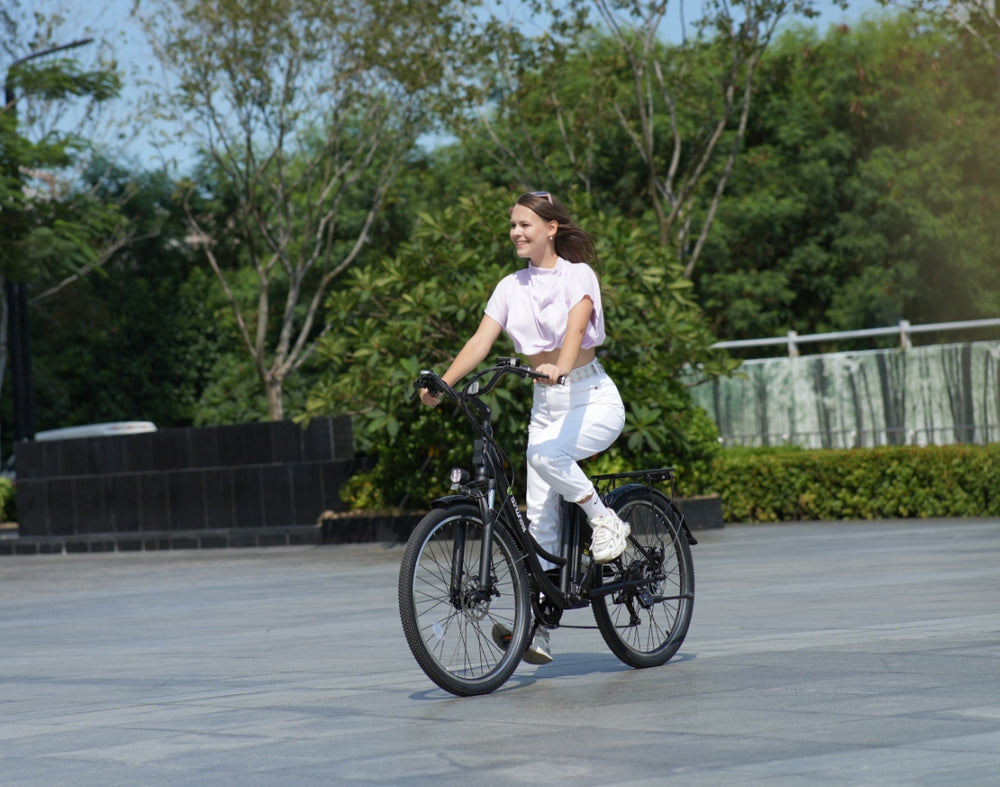
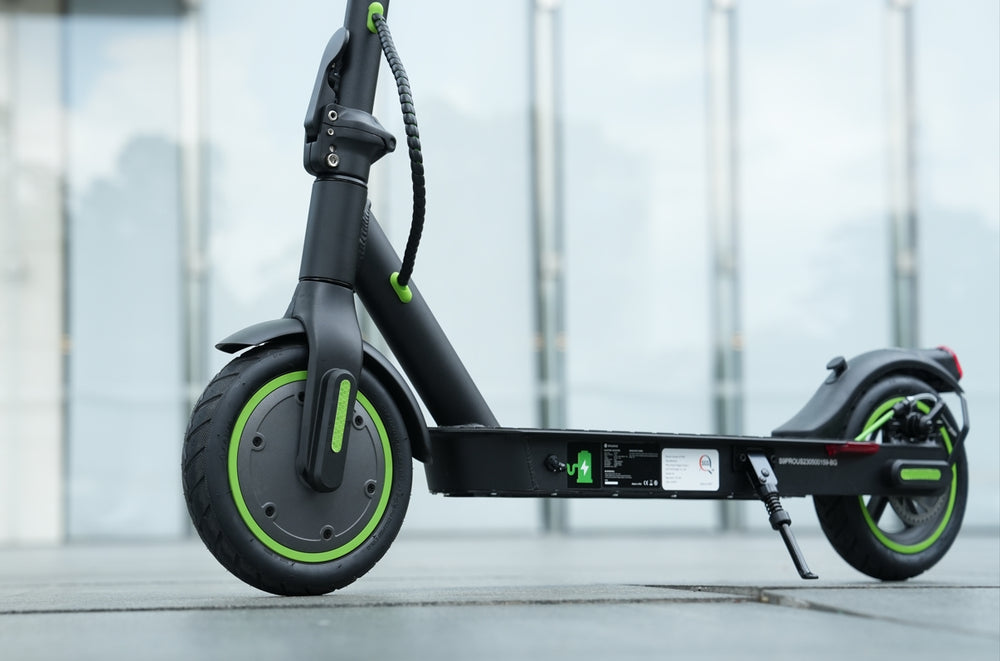
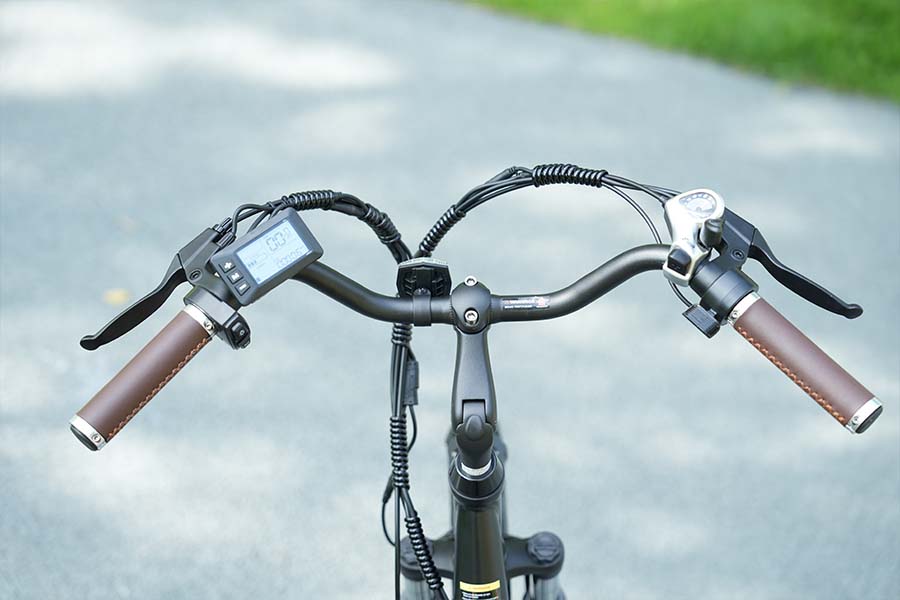

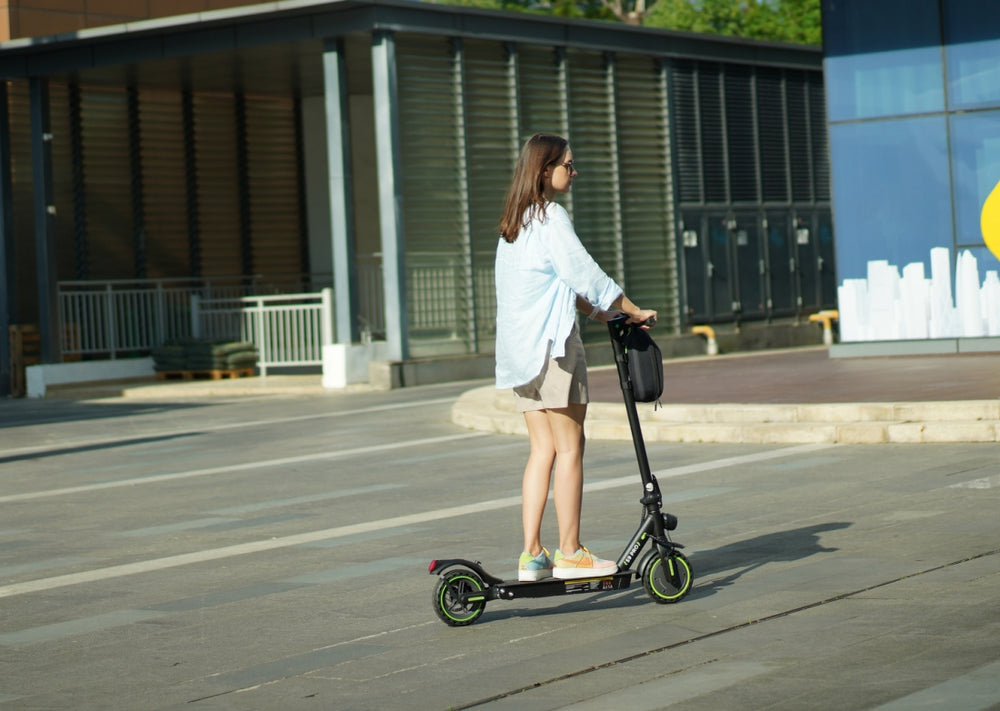


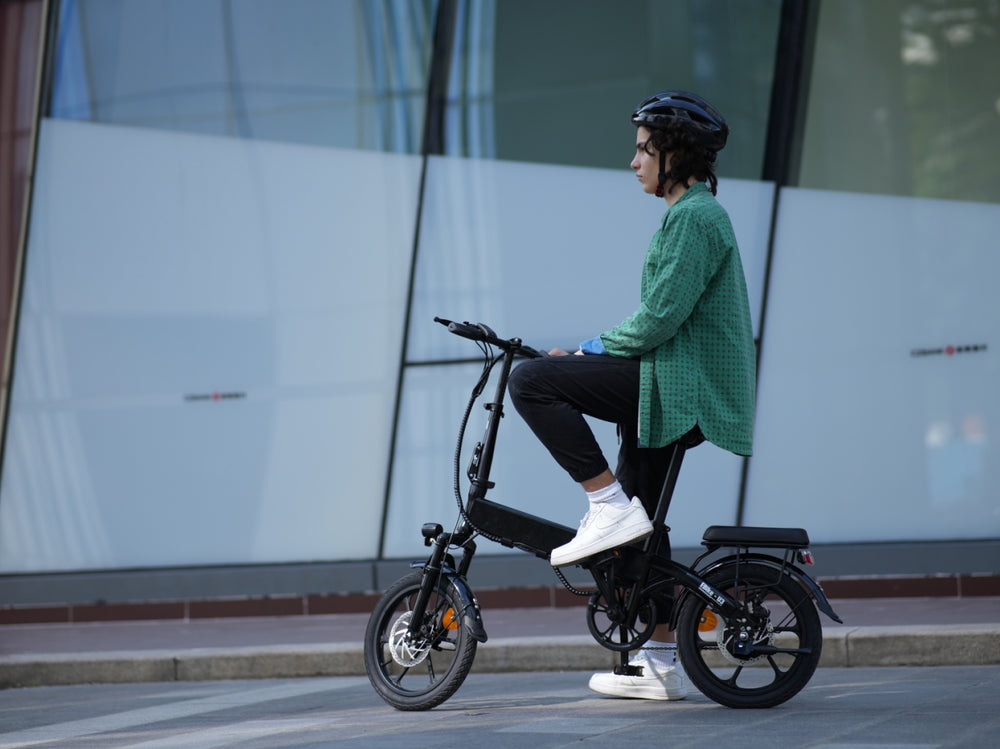
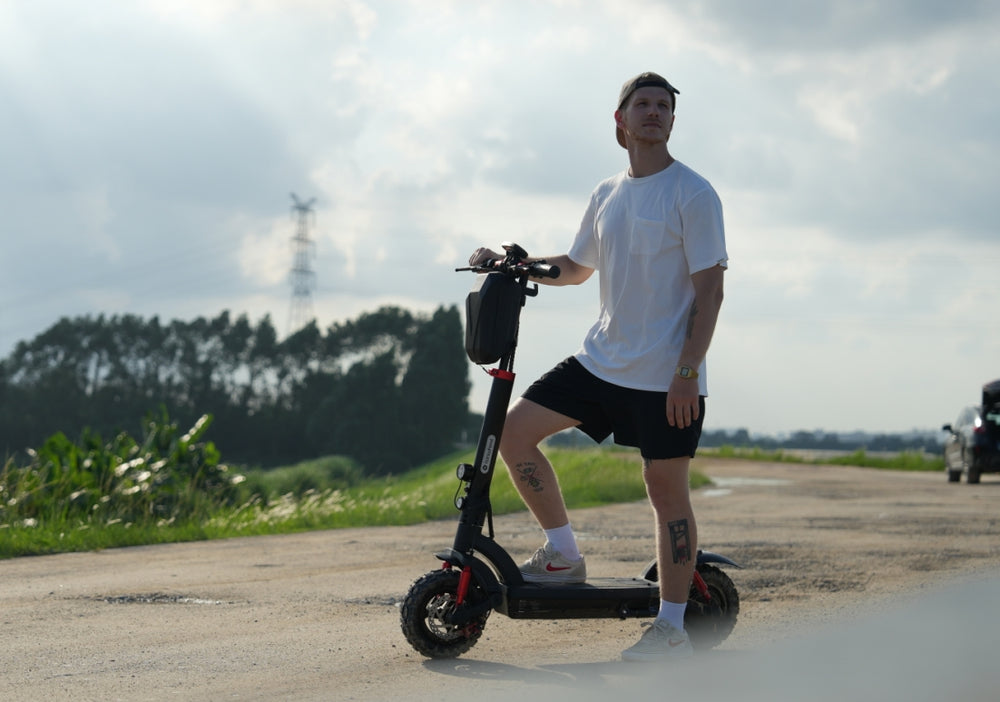
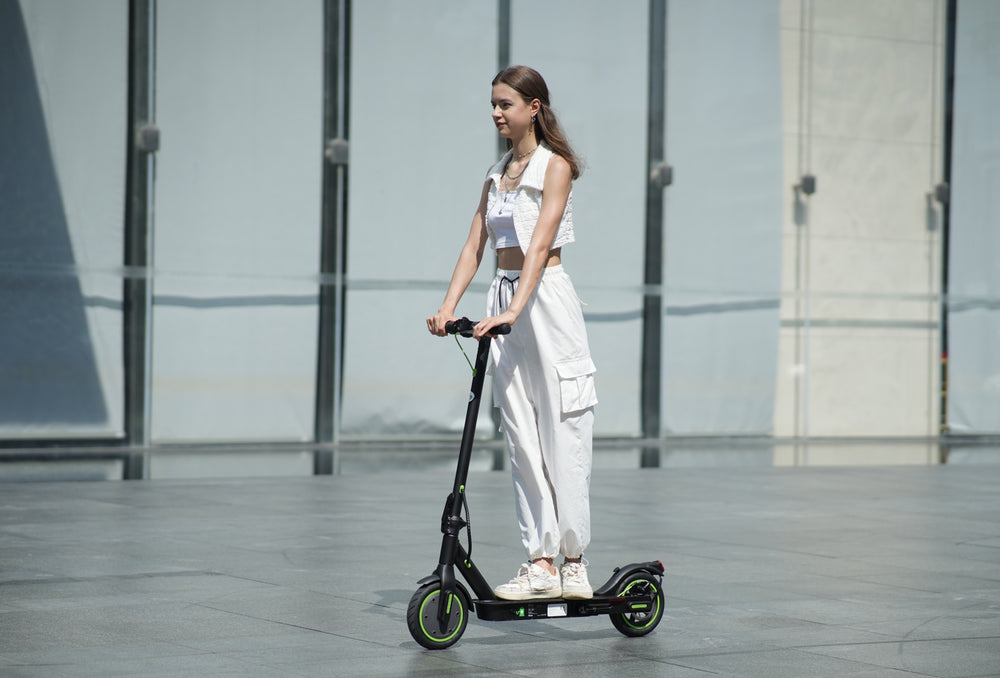

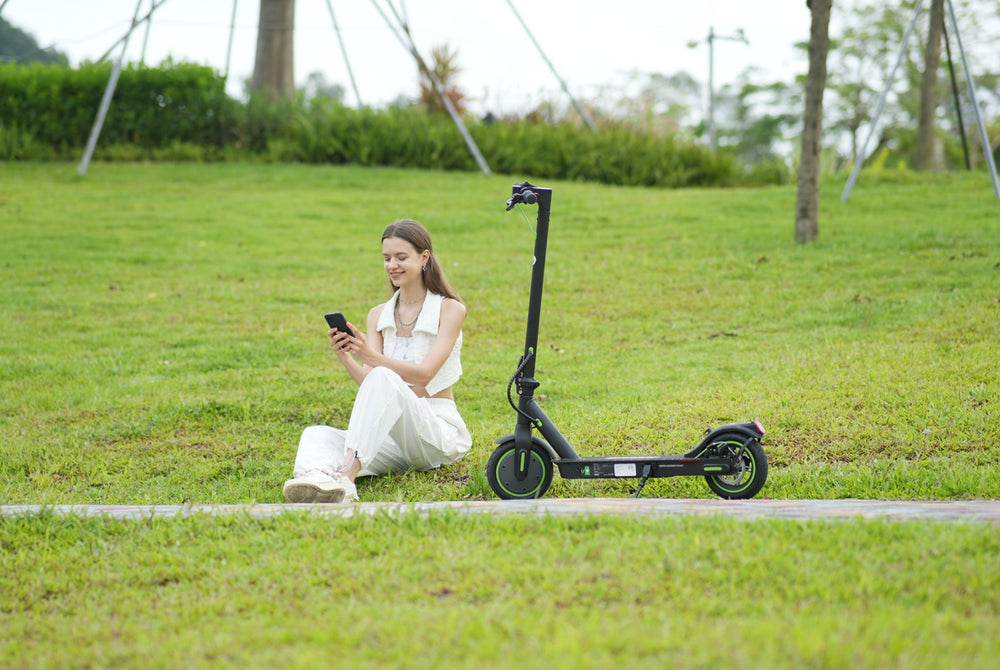

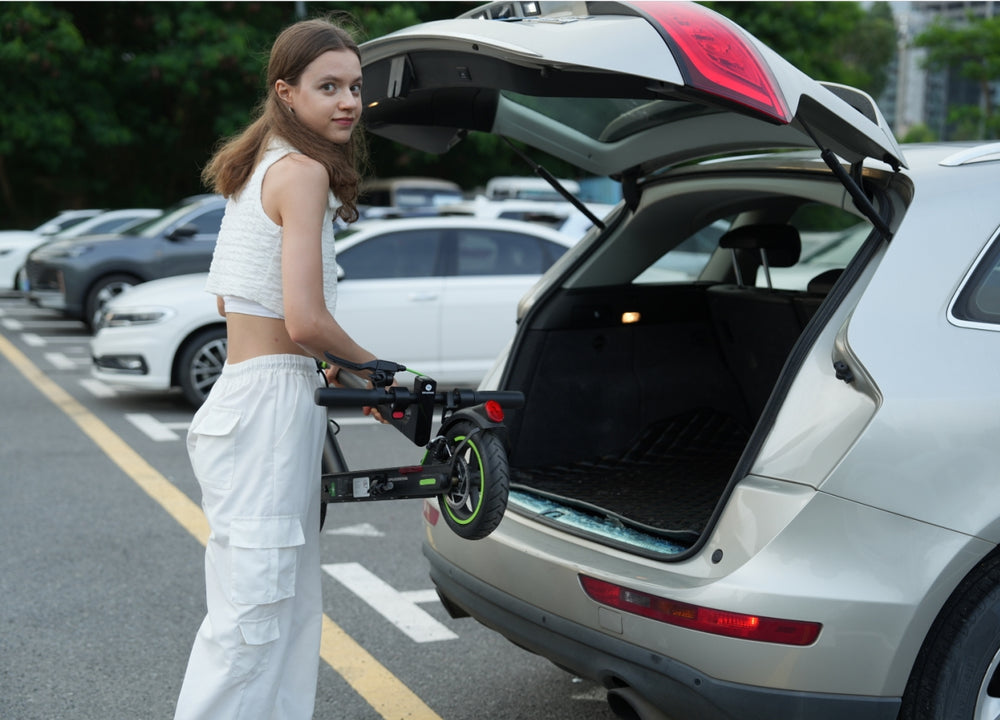

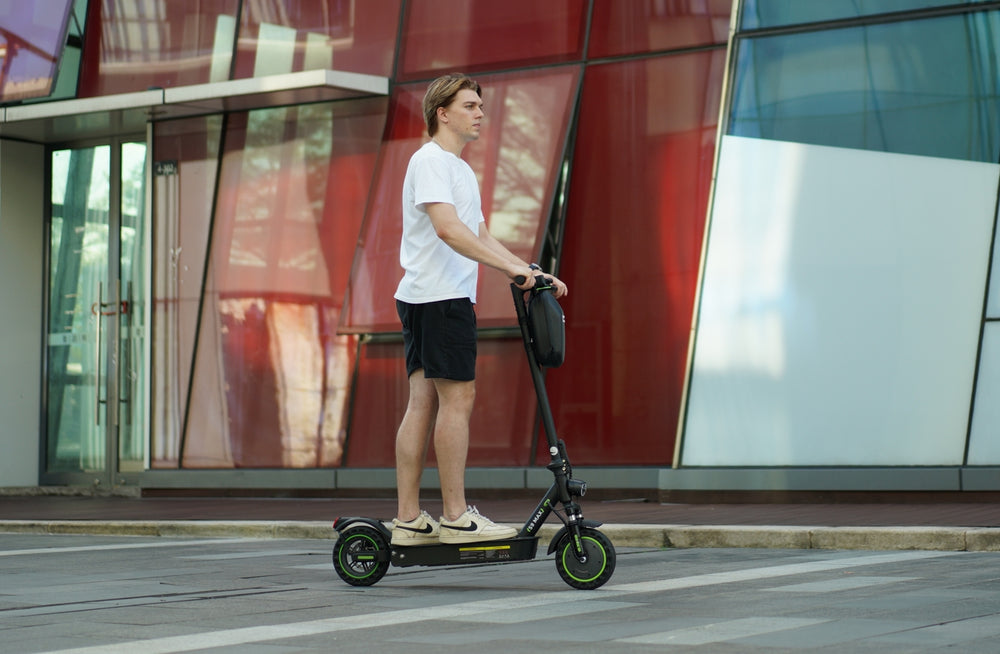
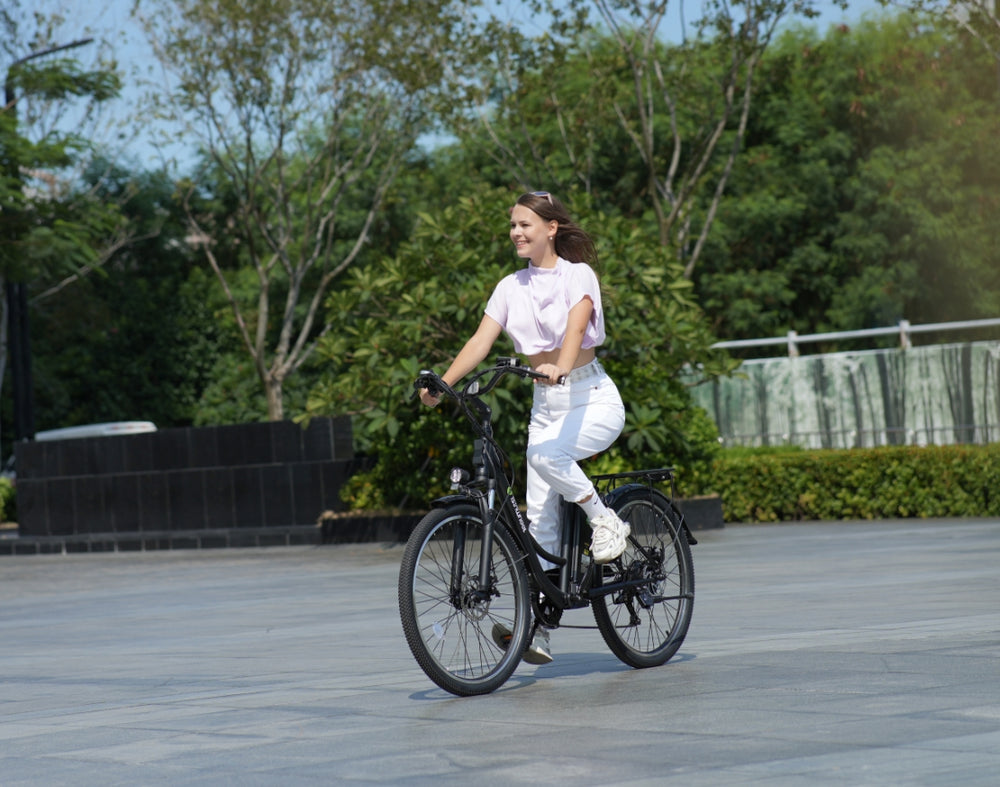
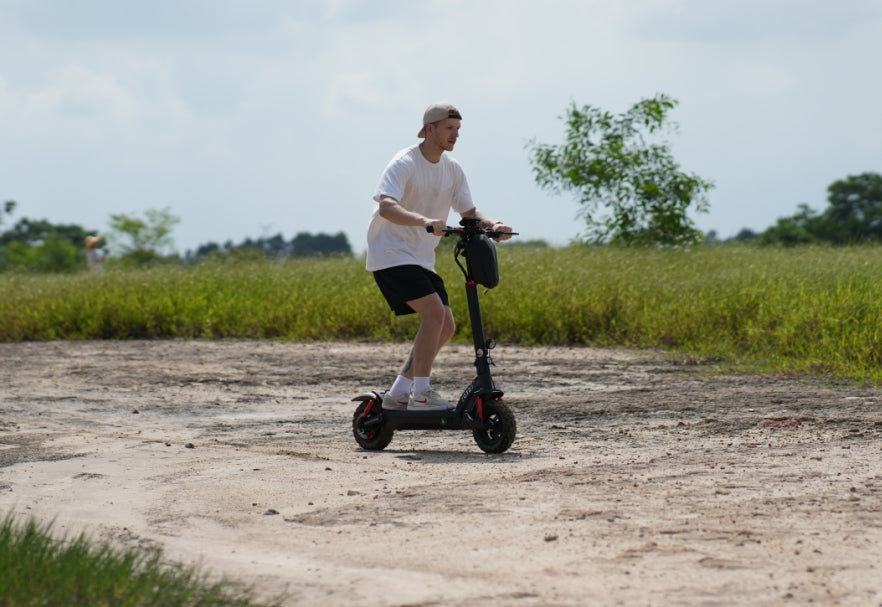
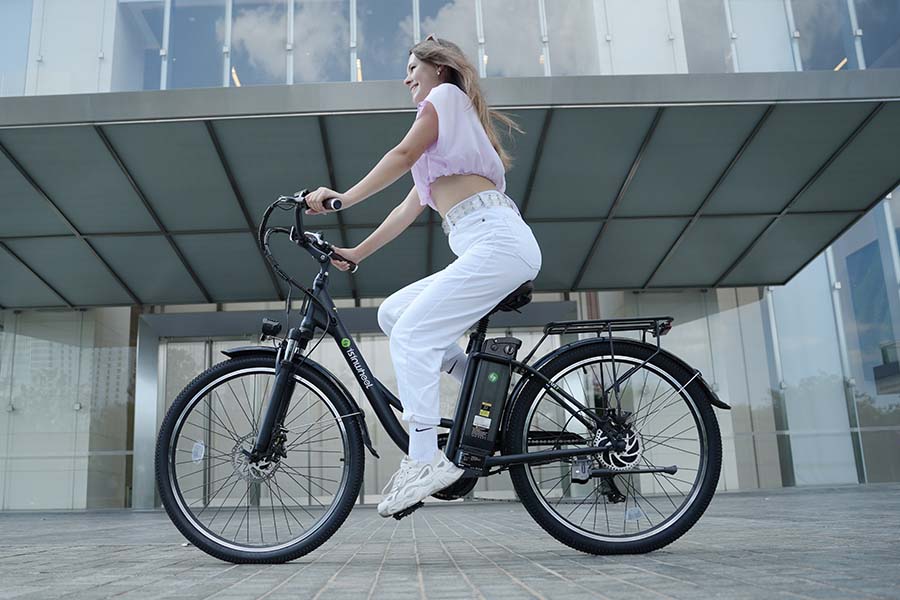


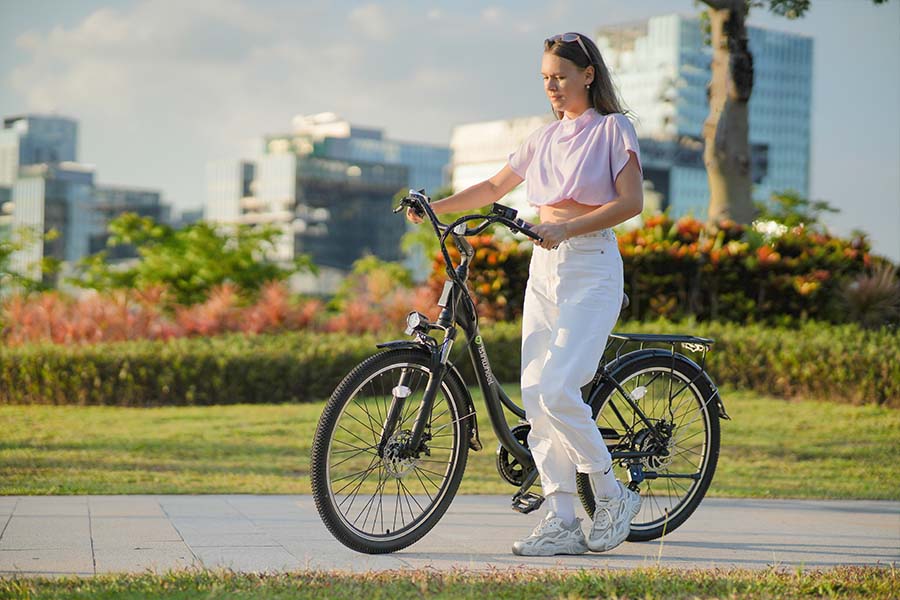
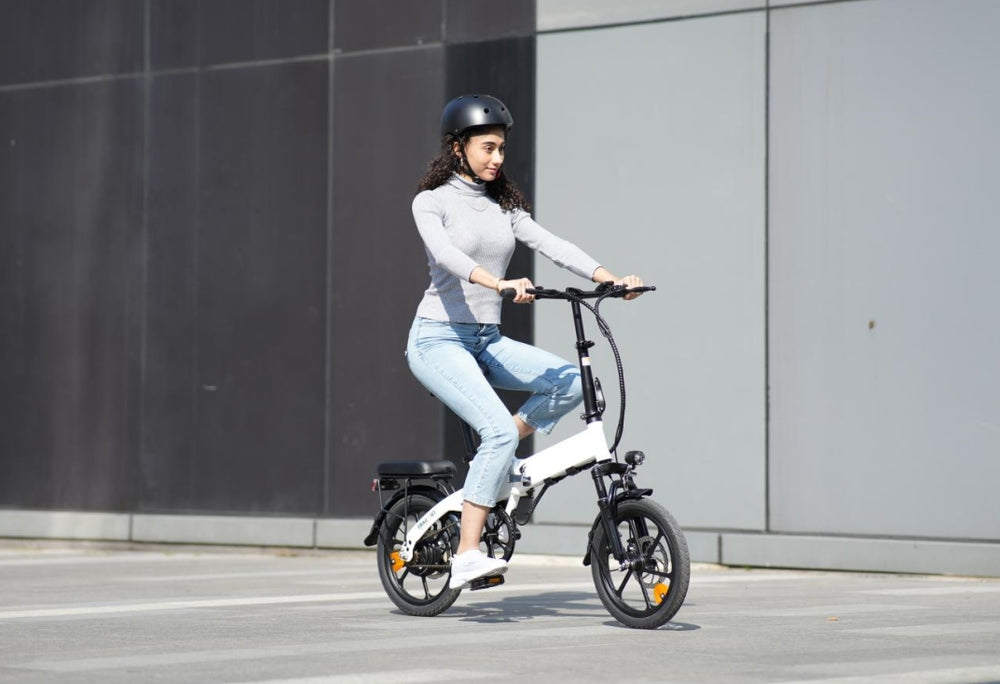
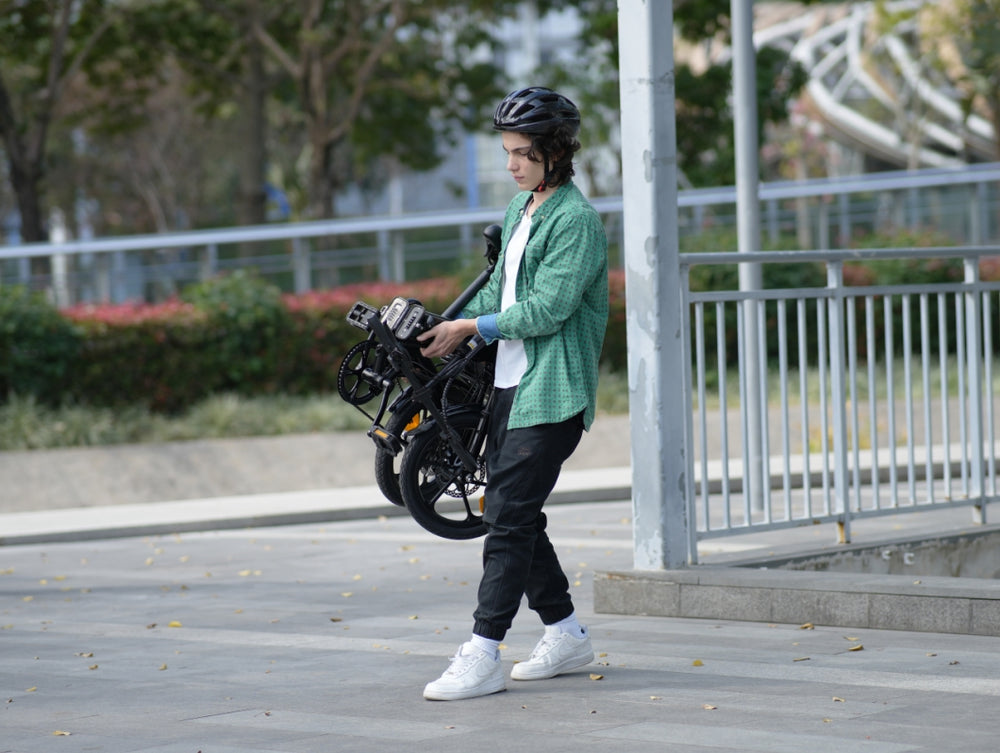
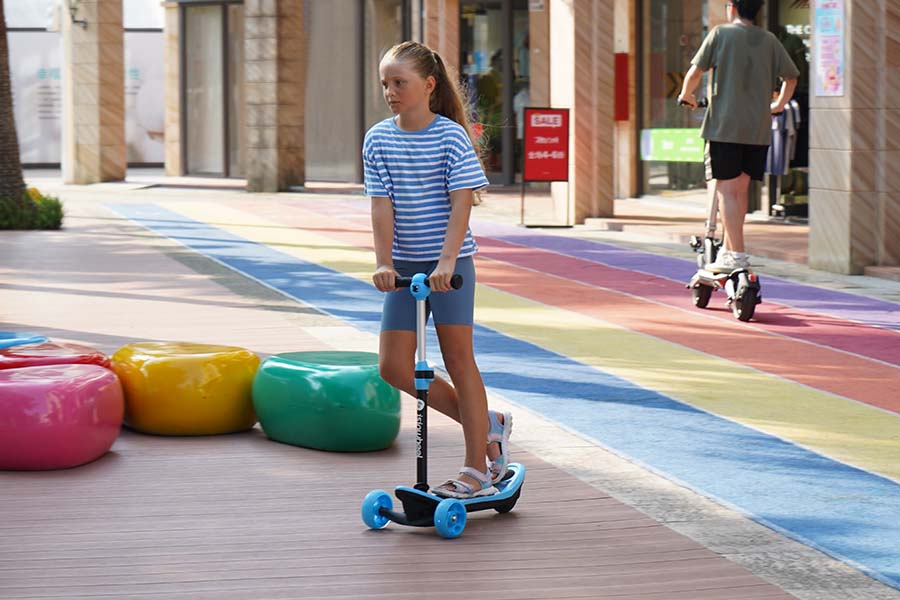

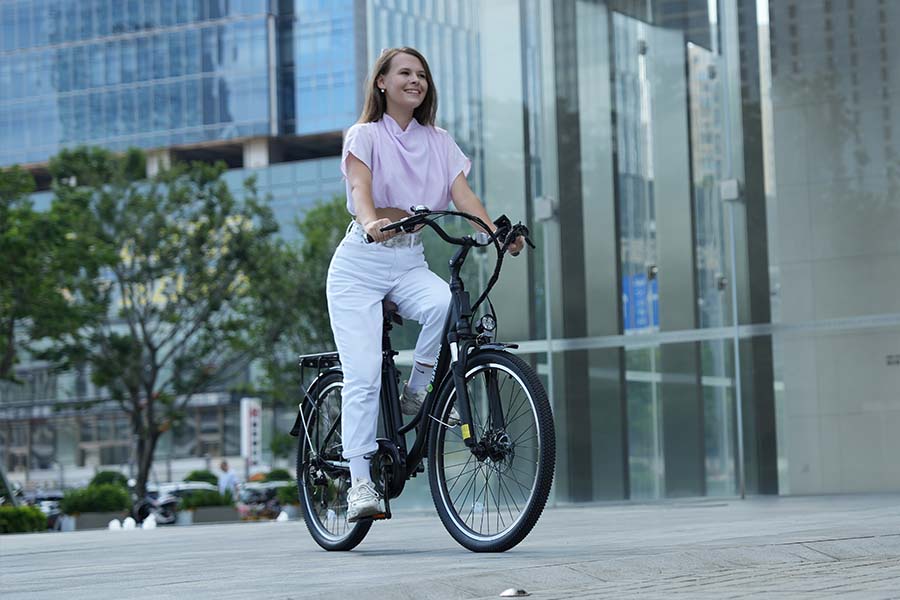

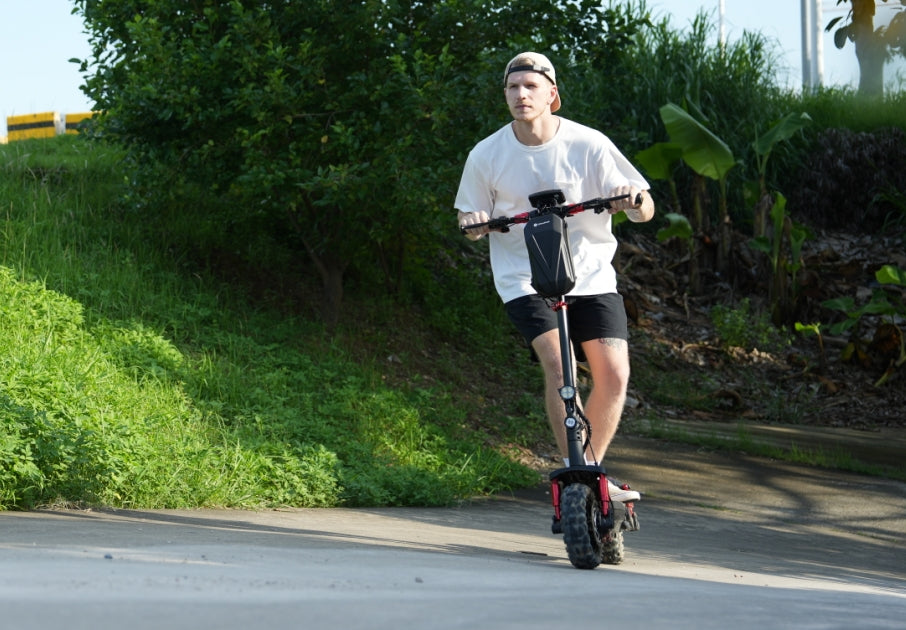

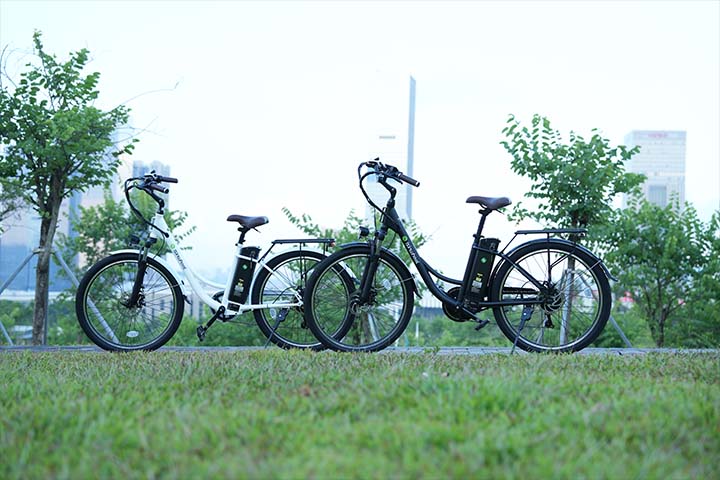

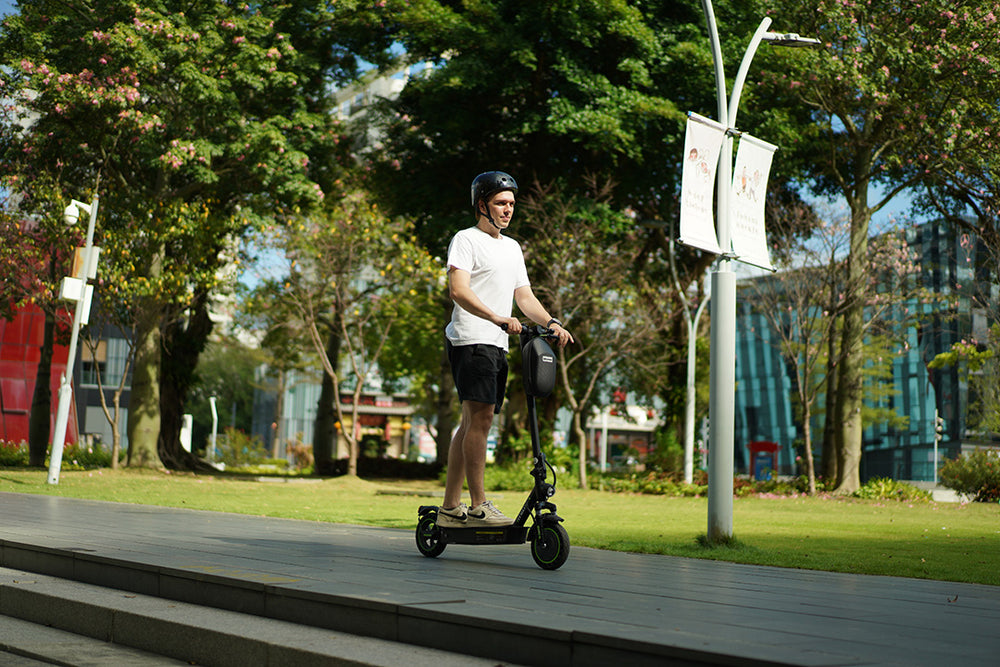
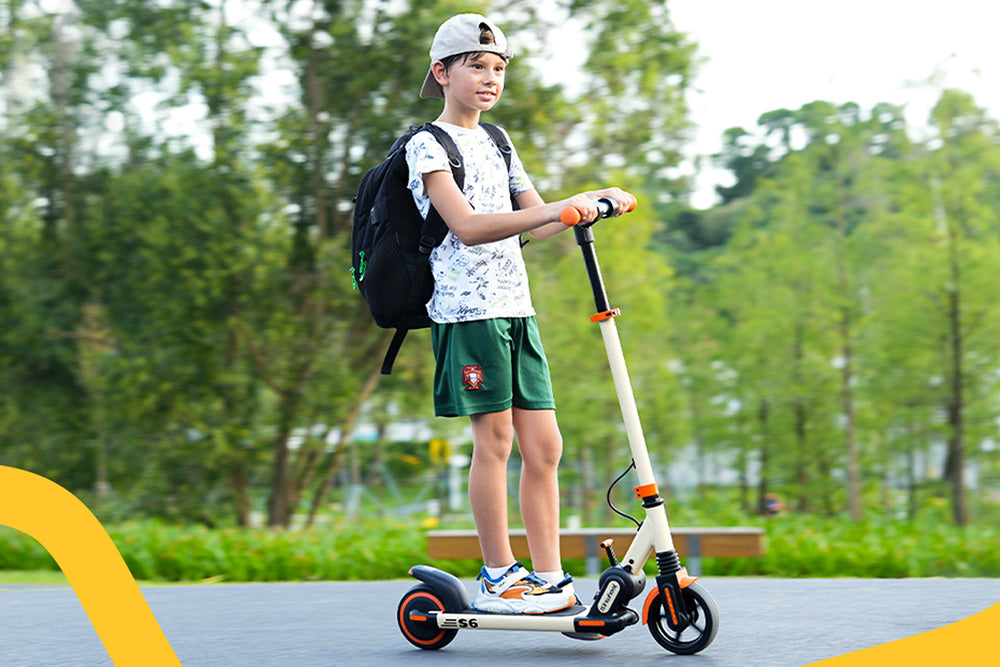
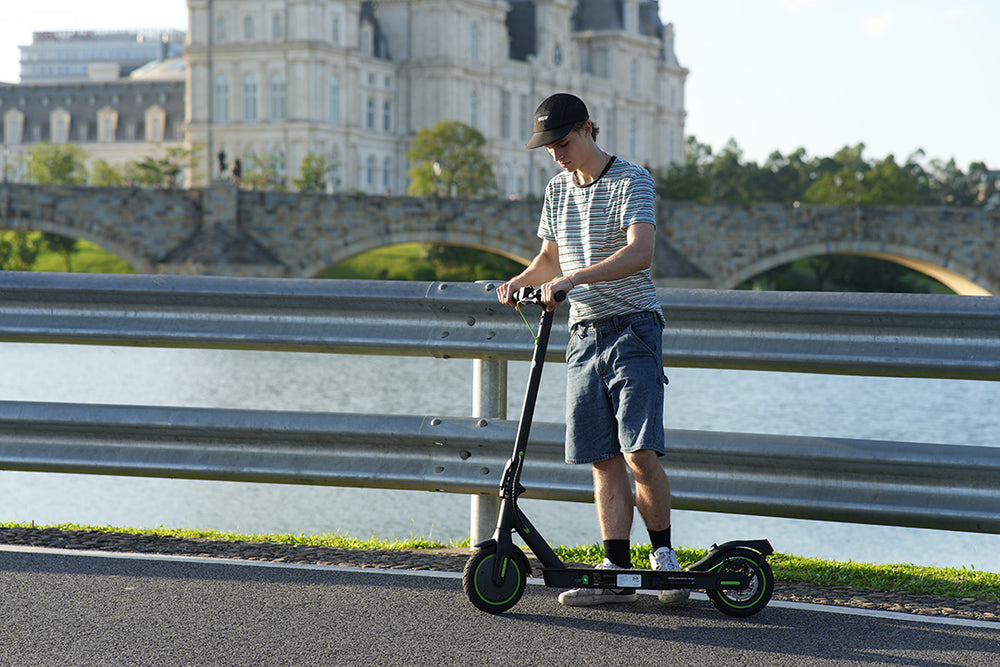
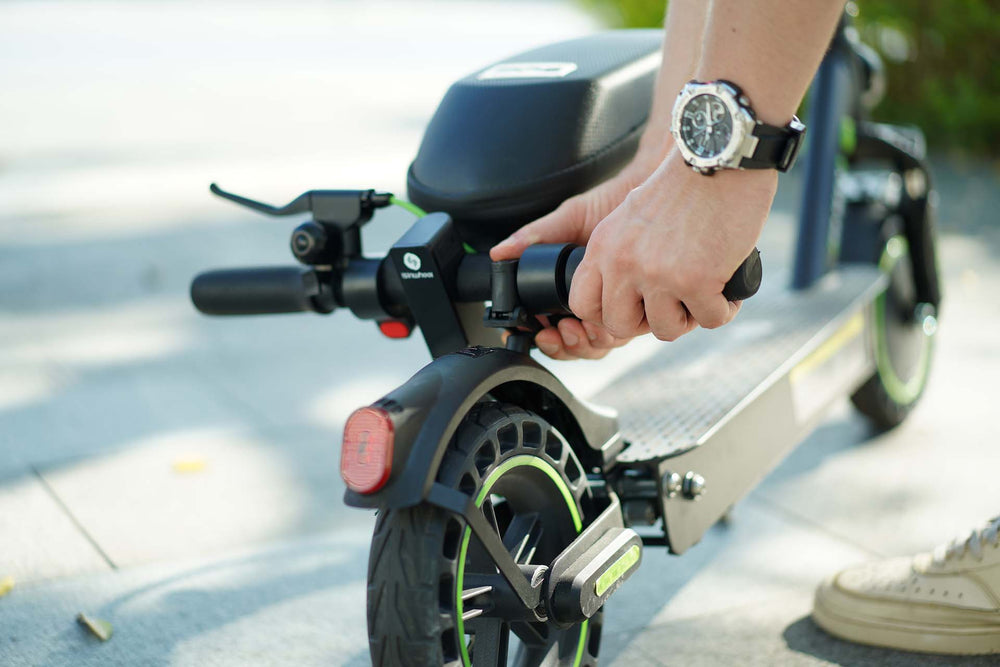





Leave a comment